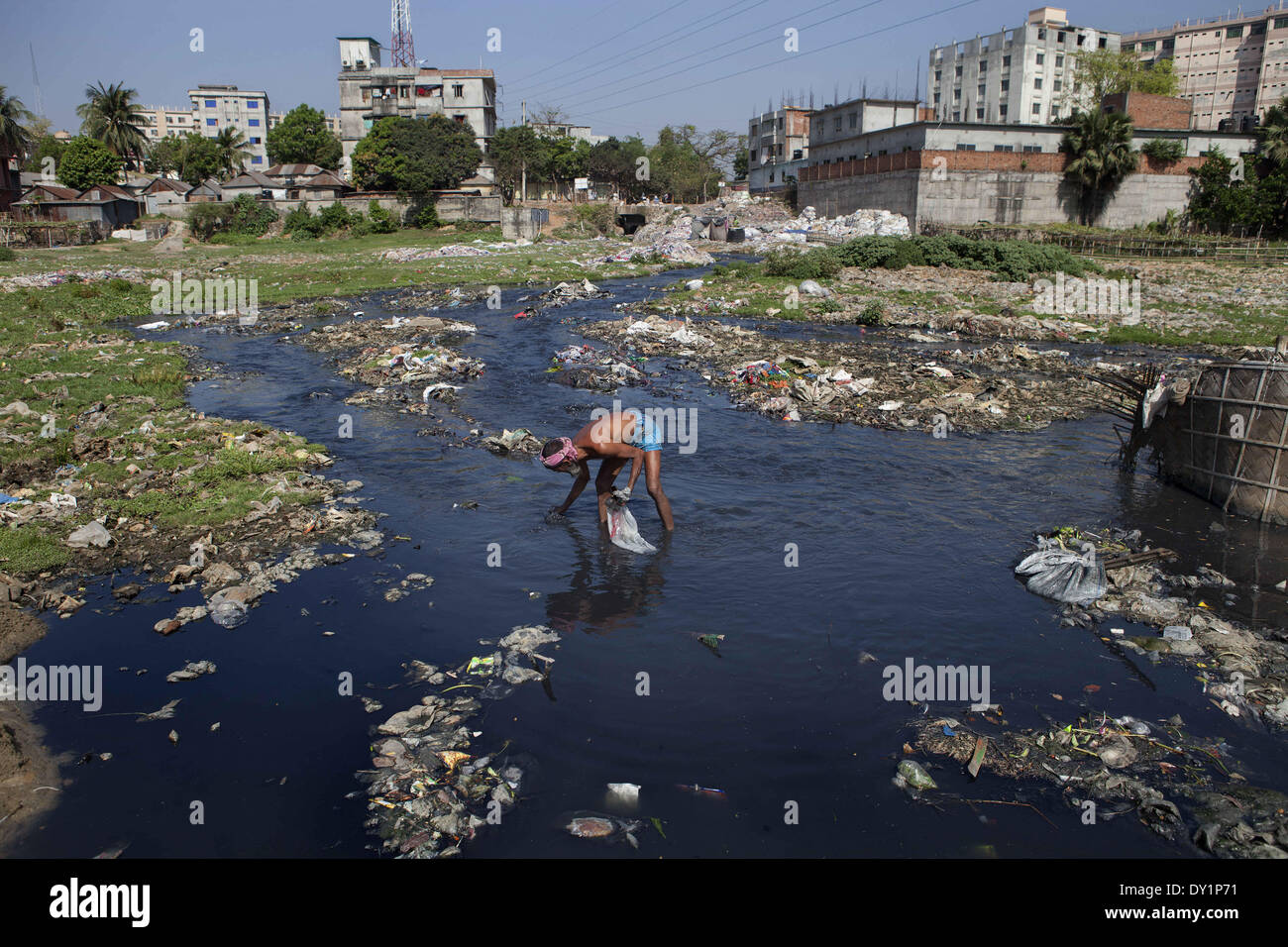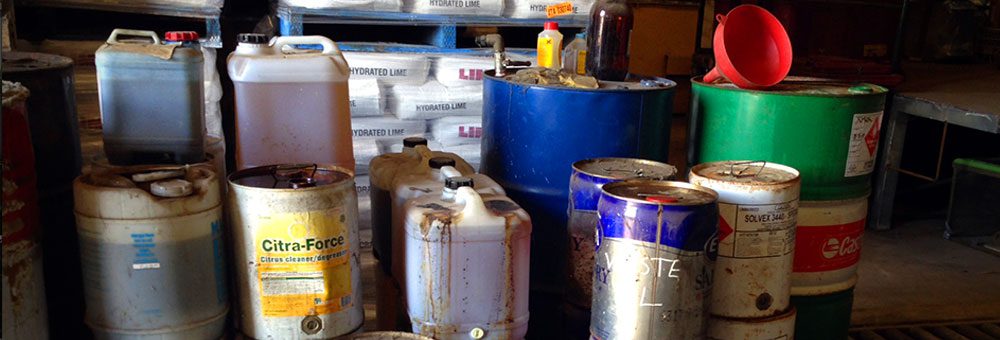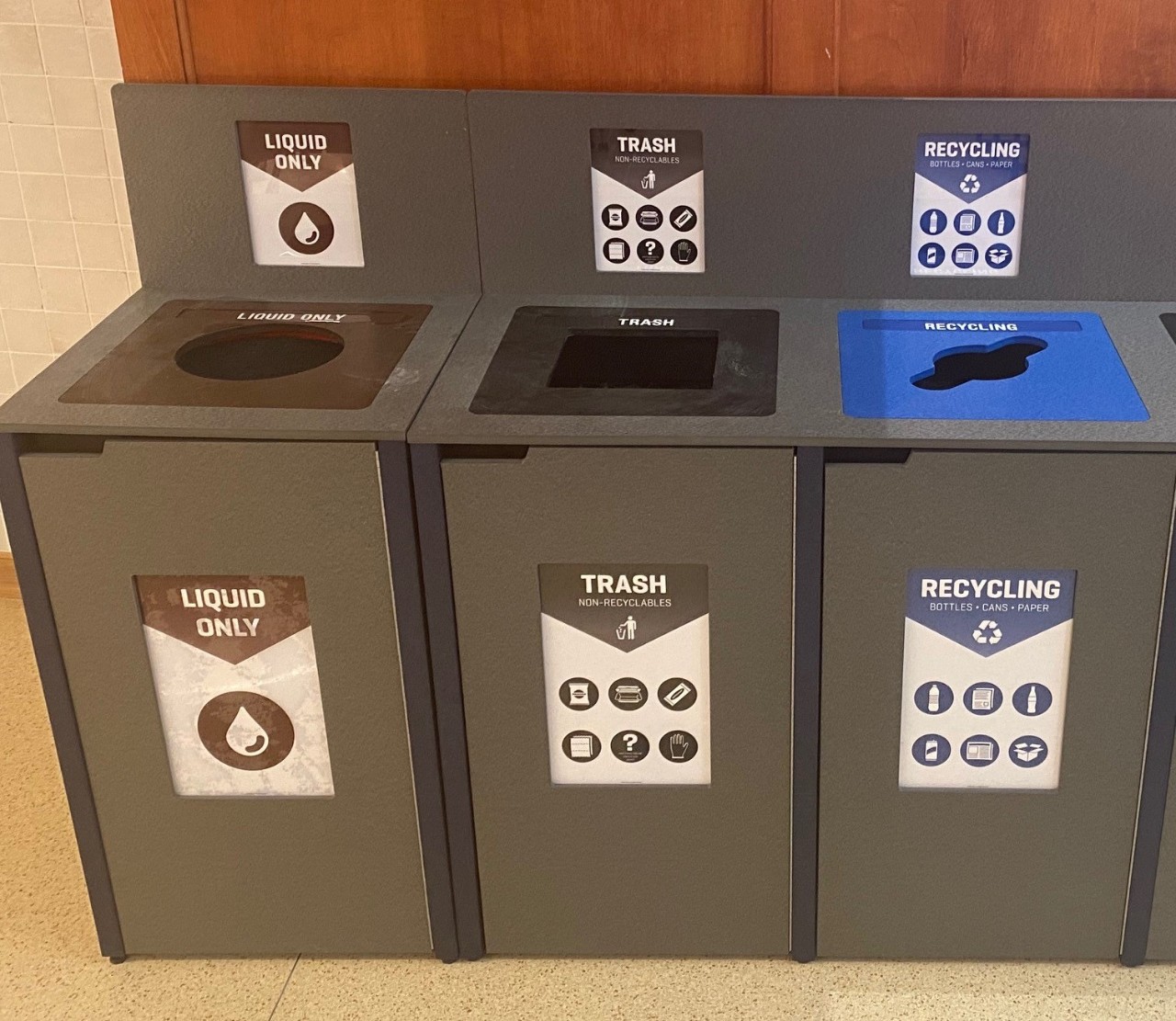Professional Liquid Waste Removal Melbourne: Maintaining Your Setting Tidy
Professional Liquid Waste Removal Melbourne: Maintaining Your Setting Tidy
Blog Article
Exactly How Liquid Garbage Disposal Works: A Comprehensive Introduction of Methods and Technologies Used

Summary of Liquid Waste Kind
The complexity of fluid waste kinds necessitates an extensive understanding of their attributes and effects for disposal. Fluid waste can extensively be classified into several kinds, including industrial, metropolitan, farming, and hazardous waste. Each category exhibits distinctive residential properties, needing specific management approaches to minimize ecological and health and wellness dangers.
Industrial liquid waste originates from making processes and frequently contains a series of contaminants, such as hefty steels, solvents, and organic substances. Metropolitan fluid waste, mainly comprising wastewater from households and business establishments, consists of raw material, nutrients, and microorganisms (industrial wastewater treatment). Agricultural liquid waste, consisting of overflow from farms, may consist of fertilizers, chemicals, and pet waste, posturing dangers to water top quality and communities
Dangerous fluid waste is characterized by its toxicity, reactivity, or possible to cause injury. This classification includes materials like acids, bases, and specific chemicals that demand strict handling and disposal protocols. Understanding these varied fluid waste types is essential for creating efficient disposal approaches and making sure compliance with ecological laws. Appropriate category and characterization are crucial for applying ideal treatment methods and minimizing the unfavorable effect on public health and wellness and the environment.
Physical Treatment Techniques

Screening is the initial action, where larger fragments and particles are removed from the fluid waste making use of screens or grates. In sedimentation tanks, larger bits work out at the bottom, creating a sludge layer, while the cleared up liquid can be more dealt with.
Filtering is another important method that entails passing the liquid through permeable materials, such as sand or membrane layers, to record smaller particles. This action enhances the top quality of the fluid, making it suitable for succeeding therapy processes.

Chemical Treatment Strategies
Chemical treatment methods are crucial for efficiently taking care of fluid waste, especially in addressing liquified and colloidal contaminants that physical techniques may not effectively remove. These methods utilize different chemical representatives to neutralize, precipitate, or change harmful substances right into much less dangerous types.
One usual method is coagulation and flocculation, where chemicals such as alum or ferric chloride are contributed to advertise the aggregation of suspended bits. This procedure enhances sedimentation, permitting easier removal of the resulting sludge. In addition, oxidation procedures, utilizing representatives like chlorine or ozone, are used to break down complicated natural compounds and virus, rendering the waste much safer for discharge or further therapy.
Neutralization is another important technique, which changes the pH of acidic or alkaline waste streams to neutral degrees, protecting against potential damage to downstream systems and the atmosphere. Moreover, progressed oxidation procedures (AOPs) utilize combinations of oxidants and ultraviolet light to deteriorate consistent contaminants, accomplishing a greater degree of therapy performance.
Organic Therapy Processes
Biological treatment processes play a critical duty in the management of liquid waste by using microbes to decay organic issue and lower impurity levels. These processes can be generally classified into cardiovascular and anaerobic therapies, each utilizing certain microbial communities to achieve efficient waste destruction.
Cardio treatment includes using oxygen to help with the failure of natural materials by bacteria. This process is generally applied in turned on sludge systems, Resources where aeration containers supply a favorable environment for microbial development, causing the oxidation of natural pollutants. The resultant biomass can be divided from dealt with effluent with sedimentation.
On the other hand, anaerobic therapy takes place in the lack of oxygen, relying on different microorganisms to damage down organic matter. This approach is specifically helpful for high-strength waste, as it produces biogas, a renewable resource resource, while minimizing sludge production. Technologies such as anaerobic digesters are regularly utilized in commercial and community applications.
Both aerobic and anaerobic biological therapies not just decrease the environmental influence of liquid waste yet likewise facilitate resource recuperation, making them necessary components of lasting waste management approaches. Their performance, flexibility, and effectiveness sustain their extensive application throughout different sectors.
Emerging Technologies in Disposal
Ingenious approaches to fluid waste disposal are quickly advancing, driven by improvements in modern technology and an enhancing emphasis on sustainability. Amongst these emerging innovations, membrane layer bioreactors (MBRs) have actually gained traction for their capability to integrate organic therapy with membrane layer filtration, resulting in top notch effluent that can be recycled in various applications. MBRs allow smaller sized impacts and a lot more reliable procedures contrasted to conventional systems.
One more appealing advancement is making use of anaerobic food digestion integrated with nutrient recuperation modern technologies, which not just deals with fluid waste yet additionally creates biogas and recoups beneficial nutrients like nitrogen and phosphorus. This double benefit enhances resource efficiency and reduces environmental impact.
Additionally, advanced oxidation procedures (AOPs) are being taken on for the destruction of intricate natural toxins. These approaches make use of powerful oxidants and catalysts to break down contaminants at the molecular level, supplying a very efficient service for difficult waste streams.
Furthermore, here the combination of man-made intelligence and artificial intelligence in waste monitoring systems is enhancing functional effectiveness and predictive upkeep, causing decreased costs and boosted environmental conformity. These modern technologies show a significant change towards even more sustainable and efficient liquid waste disposal methods.
Verdict
In verdict, efficient liquid garbage disposal necessitates a comprehensive understanding of different techniques and modern technologies. The combination of physical, chemical, and biological therapy methods makes certain the effective management of varied waste types. Moreover, the emergence of ingenious technologies boosts treatment efficiency and promotes sustainability in waste administration practices. By constantly progressing these techniques, it ends up being feasible to address the expanding obstacles connected with fluid waste, eventually adding to environmental management and source recovery.
Fluid waste disposal is a vital facet of environmental management, calling for a comprehensive understanding of various strategies and technologies tailored to various waste kinds. Fluid waste can broadly be classified into a number of kinds, consisting of commercial, municipal, agricultural, and unsafe waste. Agricultural liquid waste, including runoff from ranches, may have plant foods, pesticides, and animal waste, posturing risks to water top quality and ecological communities.
Various physical treatment approaches play a critical function in managing liquid waste properly - industrial wastewater treatment.In final thought, efficient fluid waste disposal visit this web-site demands an extensive understanding of different techniques and technologies
Report this page